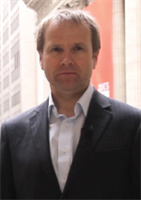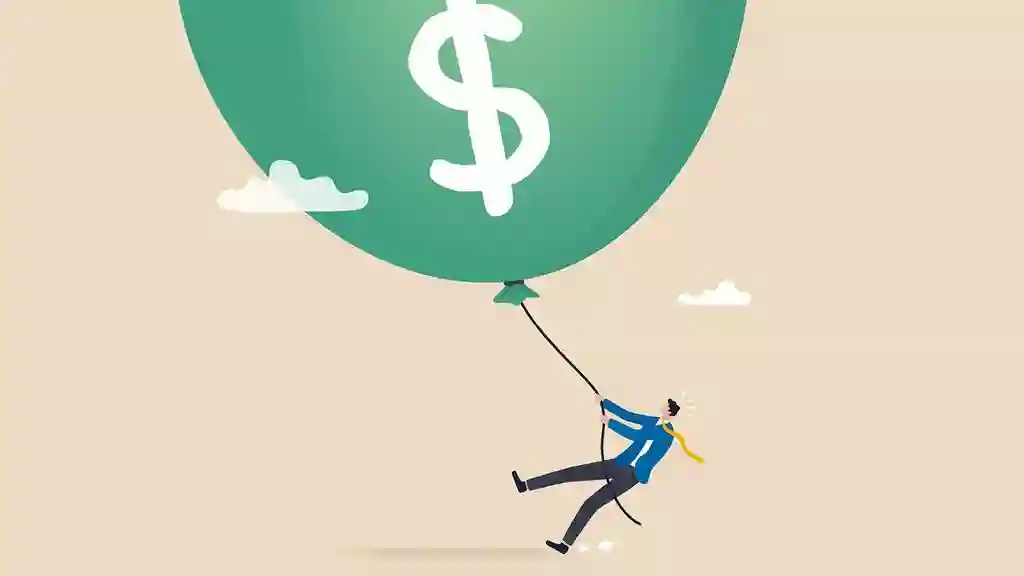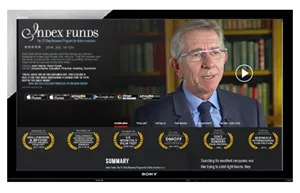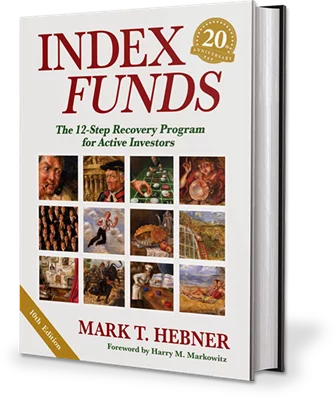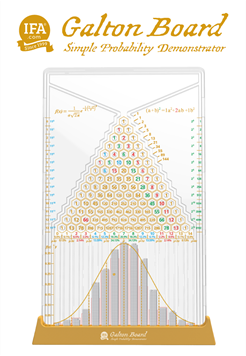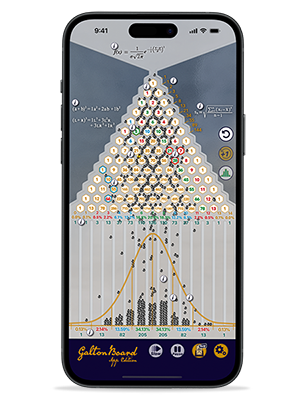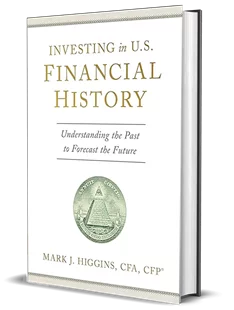Wall Street traders and market watchers love their landmark moments. When the Dow Jones Industrial Average hit 30,000 in November 2020, social distancing meant the celebrations were more muted than usual, but traders wearing "Dow 30,000" baseball caps still clapped and cheered. Then-President Donald Trump even held a press conference to mark the milestone.
There's a good chance we'll be seeing another Dow Jones landmark reached very shortly. With the index currently standing at around 38,800, those Dow 40,000 caps are probably already on order.
But what if we told you that the Dow Jones is not far off a much bigger landmark — Dow 100,000? Well, it is in fact true, and, at least in our opinion here at IFA, it's worthy of an even bigger celebration than whatever's planned for Dow 40,000.
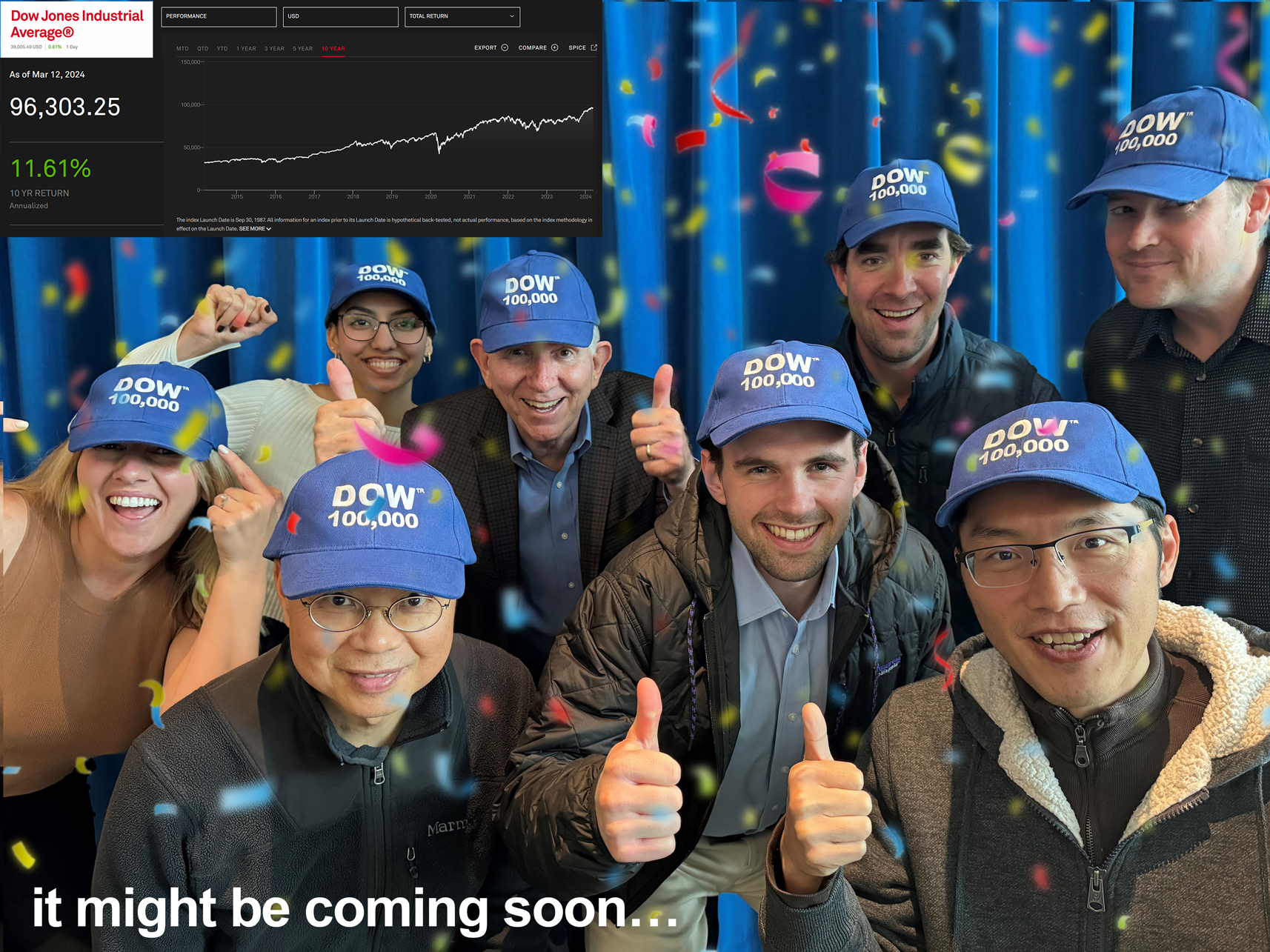
The Dow, you see, is a price-only index. The price reflects the change in the market price of the index since inception, and it's calculated by comparing the current price of the index to its price when the index launched. Crucially, though, it does not take into account the dividends generated by the companies that make up the index.
Dividends are vital
That, in our view, is a serious omission, because, as financial columnist James Mackintosh recently explained, dividends are a vital component of investment returns. "Over the long run," Mackintosh wrote in the Wall Street Journal, "the compounding effect of reinvesting dividends makes a huge difference to returns. In the past half-century, U.S. stocks turned $100 into $6,200 without dividends (ignoring costs and taxes) while with dividends they would be worth $25,000."
In other words, price returns give a very misleading impression of the returns investors in a particular index have actually received. For a comprehensive picture, you need to look at total returns. The total return of a stock market index accounts for both the capital gains, or price appreciation, and any dividends received from the constituents of the index. In short, the total return reflects the actual yield of an index over time.
It's not just the Dow Jones that ignores dividends. So does the S&P 500. In fact, in every major country with the exception of Germany and Brazil, it's the price return of an index that's commonly quoted.
Mark Hebner, the founder of Index Fund Advisors, says it's a practice that misleads investors. He has recently launched a petition calling on financial media outlets around the world to start quoting total return index values.
"We would all be better off," he says, "if we focused on total return instead of price return, or what I like to call partial return. But that is hard to do when virtually all financial media reports price-only return indices. The fact that it's always been done like that is a very bad reason for carrying on doing it."
The UK, Australia and Canada are prime examples
Hebner cites the UK's flagship index, the FTSE 100, as a prime example of why the system needs changing.
"We were astounded when we ran the numbers for the FTSE 100," he says. "For comparative purposes, we took the closing index value of the FTSE 100 price return index as of the same inception date of the FTSE 100 total return Index — 1st January 1986 — and then grew the FTSE 100 price return index by the annualized return of the FTSE 100 total return index, ending on 29th February 2024. The price return was 7,629, but the total return was 32,477.
"Then we looked at average annual returns. The annualized price return was 4.52%, but the annualized total return was 8.56%. To put that another way, around 47% of the investment return of the FTSE 100 came from dividends!
"Australia's S&P/ ASX 200 is another example of an index in which dividends have made a very significant contribution to the total market return. Over the last 10 years, the price-only index, which is what virtually all financial media reports, has had an annualized return of only 3.69%, which is more like a return for bonds than stocks. The total return was much higher at 8.07%.
"Canada is another case in point. Over 10 years, the price return of the Canadian S&P/ TSX Composite Index was 4.28%, but the total return was 7.49%. Again, that's a big difference."
If you agree with us that total return should take precedence over price return, please sign our petition. And remember: dividends are a very important part of the reward investors receive for investing in equities. As long as you stay invested, and reinvest any dividends you receive, you should be amply rewarded in the long run. Now that really is worth celebrating.
Robin Powell is the Creative Director at Index Fund Advisors (IFA). He is also a financial journalist and the editor of The Evidence-Based Investor. This article reflects IFA's investment philosophy and is intended for informational purposes only.
This article is intended for informational purposes only and reflects the perspective of Index Fund Advisors (IFA), with which the author is affiliated. It should not be interpreted as an offer, solicitation, recommendation, or endorsement of any specific security, product, or service. Readers are encouraged to consult with a qualified Investment Advisor for personalized guidance. Please note that there are no guarantees that any investment strategies will be successful, and all investing involves risks, including the potential loss of principal. Quotes and images included are for illustrative purposes only and should not be considered as endorsements, recommendations, or guarantees of any particular financial product, service, or advisor. IFA does not endorse or guarantee the accuracy of third-party content. For additional information about Index Fund Advisors, Inc., please review our brochure at https://www.adviserinfo.sec.gov/ or visit our website at www.ifa.com.

